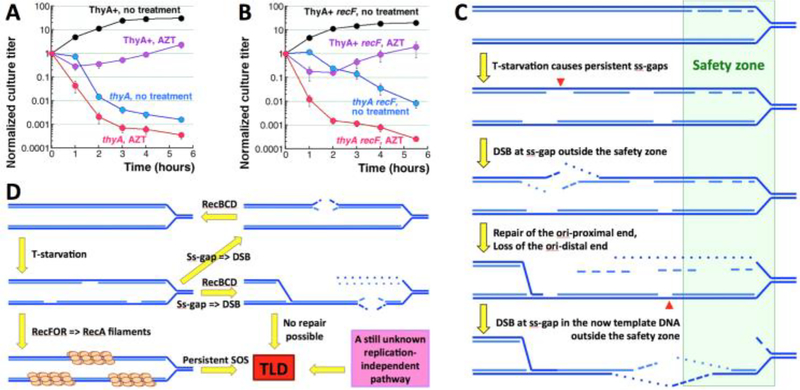Fig. 8. Persistent single-strand gaps kill.
A. TLD kinetics of the thyA mutant (KKW58) in the presence of AZT. After growth in the medium +dT, cells were washed and resuspended in the same volume of the same medium, but without dT, supplemented or not with 100 ng/ml AZT. The ThyA+ strain (KKW59) is also shown, to demonstrate the toxicity of this AZT dose in this medium (without dT). B. TLD kinetics of the thyA recF mutant (RA31) in the presence of 100 ng/ml AZT (done like in “A”). The ThyA+ recF strain (RA48) is also shown, to illustrate AZT toxicity. C. A model to explain loss of the replication forks due to ss-gaps accumulating outside the “safety zone” (green rectangle) around the replication points, within which DNA with ss-interruptions is safe (note the Okazaki fragments on the lagging strand). Red arrowheads mark the position of double-strand breaks. D. The known and the suspected unknown aspects of TLD. The two known aspects, instability of ss-gaps and SOS-induction, are linked with replication forks. However TLD in the thyA dut ung mutant suggests an unknown, replication-independent pathway.

